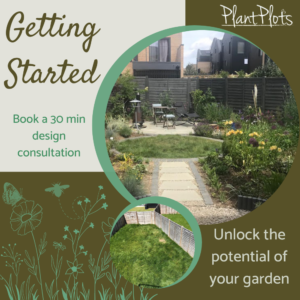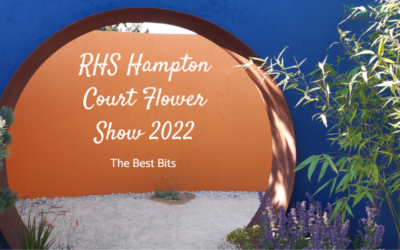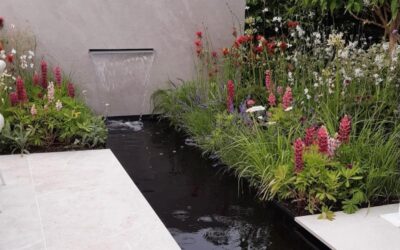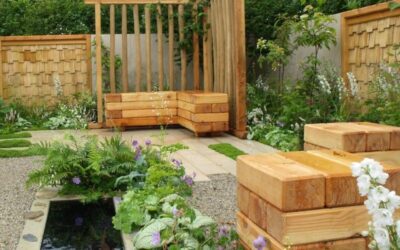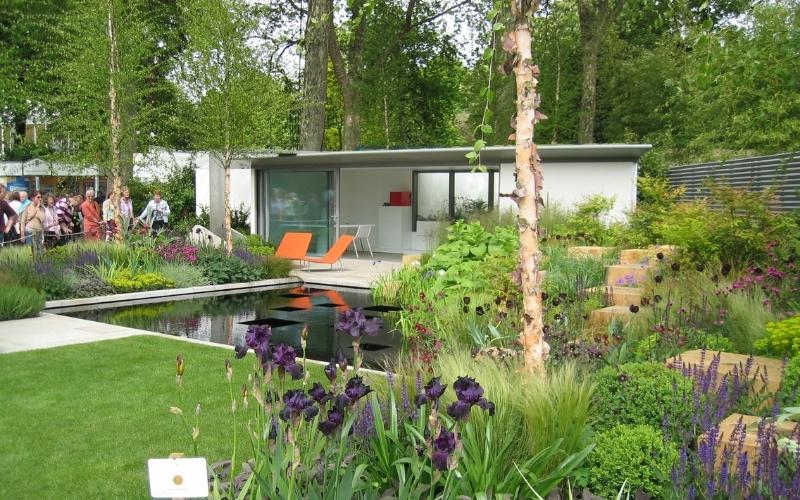
RHS Garden Shows: Resetting the Nation’s gardening compass
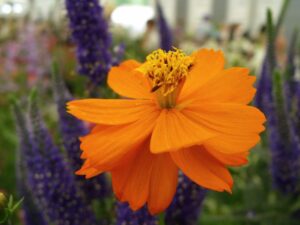
RHS Garden Shows are increasingly popular as a new generation of would-be gardeners strive to learn the best way to create their own gardens.
Their influence stretches far beyond the confines of the showground and resets our collective gardening compass, but once that compass begins to swing and we head in a different direction – why isn’t all the gardening world on board?
Gardening is changing:
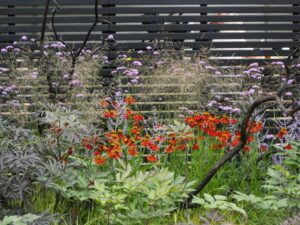
Gardening is evolving and is once again becoming a fashionable pastime. Previously the preserve of the middle-aged and Middle England, the art of gardening is now starting to break loose from age-old traditions and habits.
This new generation of gardeners is generally less experienced and has not acquired as much ‘handed down’ knowledge from their parents, but as a result, this generation is also much more open-minded.
British gardens have since the 1950’s have been places where humans order their outside world. The sign of a socially respectable family has been a neat and tidy garden surrounding a beautifully manicured lawn. The message transmitted to the neighbours and anyone passing was that a socially responsible citizen resided behind the immaculately tended flora.
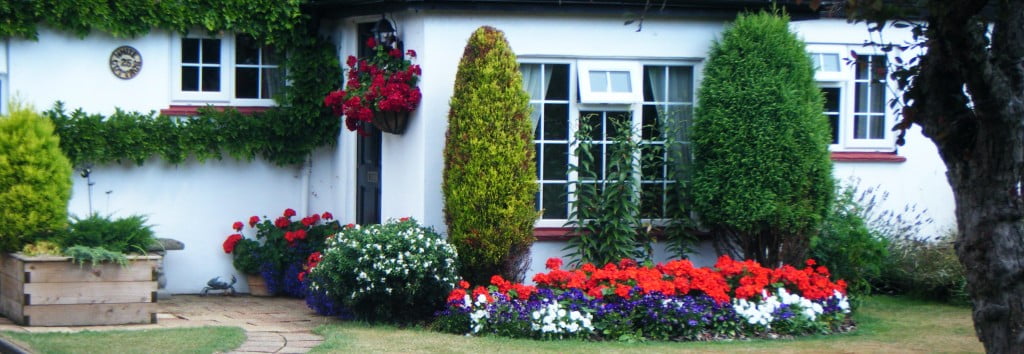
But times have changed, that same garden now would be regarded as advertising the presence of a person who cares little for the world at large. It being of a garden style that epitomised the belief that humans knew best; our idea of the perfect natural environment was neat and proper where the only garden fauna allowed was a pet dog, cat or rabbit.
It was the garden of Humans 1: Nature 0.
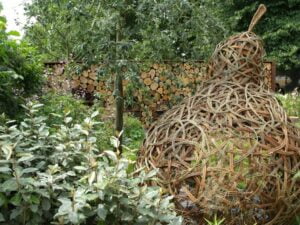
So with this new generation of less experienced but keen to learn gardeners emerging, the world of horticulture has an opportunity to set new trends and break with age old traditions.
Horticulture can blaze a trail to change out-dated planting styles and gardening practices and help us learn how to garden better. The question though is will it?
Show garden design is thankfully now embracing nature.
Visitors to shows are absolutely buying into this idea, they want their gardens to be beautiful but they want them to be useful too.
But here comes the sticking point, the ‘after the show’ reality. Where do most go to buy plants and what do they find?
The business model for many garden centres and DIY chains is not to provide good garden plants, it is a supermarket model where consumption is king.

It is simply a case of fill the aisle with lots of colourful garden ‘sweeties’, many of which are to be disposed of after only one season.
Real choice is being squeezed by a dirth of disposable plants displayed in every colour of the rainbow.
In addition, the range of garden plants on display is becoming more and more limited than it used to be and dominated by fewer but larger growers.
Growers need to grow what we want; not what they think we want.
The Garden centre’s dictate to small growers the plants they want them to grow, which are the ‘pile ’em high’ and sell ’em cheap’ varieties. And because Mr & Mrs Public don’t know where else to go to get the plants, they end up buying what is on show, perpetuating the garden centre’s desire to grow more of the same.
It’s time to turn this commercial treadmill off.
We as consumers can make this treadmill stop, if sales of ‘disposable’ plants fall, commercial growers will be forced by garden show trends at one end and our purchasing power at the other to offer a range of better and more sustainable plants.
Our national gardening compass is now swinging in a better direction, we now need the Horticultural growers to swing with it too.
